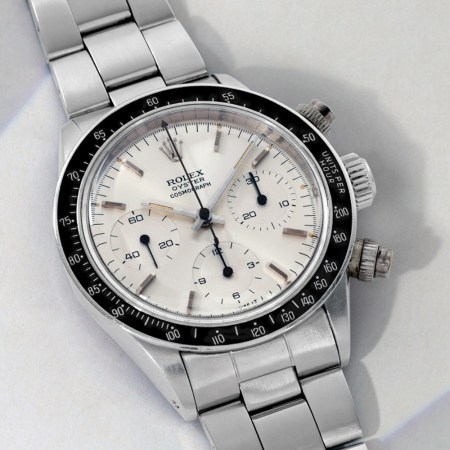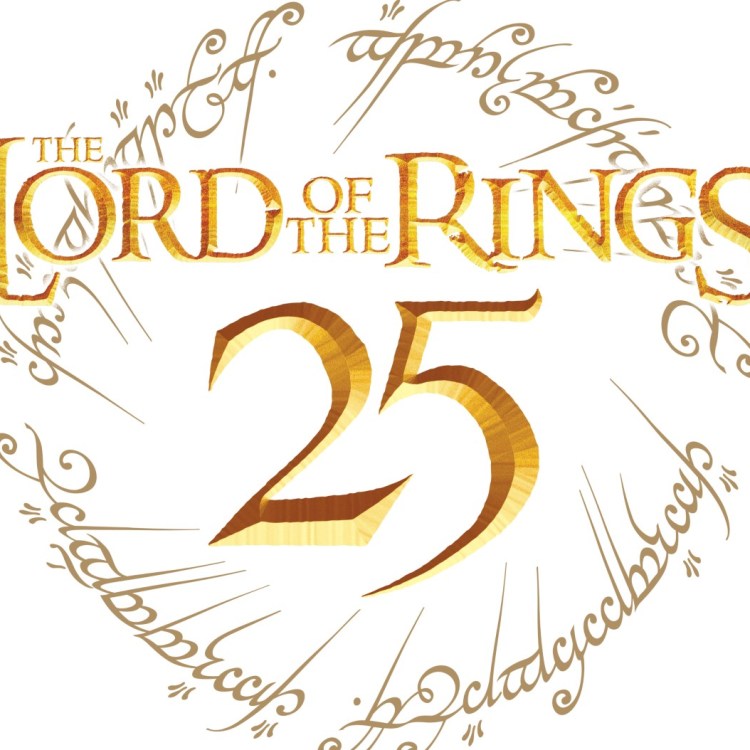When astronomers found a carbon-covered asteroid floating among icy bodies far away in our solar system, they thought it had to be a mistake. The space rock, named 2004 EW95, was something that scientists had become accustomed to seeing in the asteroid belt between Mars and Jupiter, but here it was, dancing near Neptune, writes The New York Times. Their finding suggests that 2004 EW95 is the first of a new class of space objects floating around the solar system in an area known as the Kuiper belt, which is still full of mysteries. The scientists guess that the asteroid was shot out from the inner solar system about 4.5 billion years ago. Researchers are expecting the asteroid to give them some insight into the early formation of our planets.
The scientists can tell that the rock had been altered by the presence of liquid water, which means that it once resided in an environment closer to the sun. They also found that the asteroid’s chemistry was overrun with compounds known as ferric oxides and phyllosilicates. This was the first time those compounds had been seen on Kuiper belt objects, reports The Times.
Thanks for reading InsideHook. Sign up for our daily newsletter and be in the know.


















